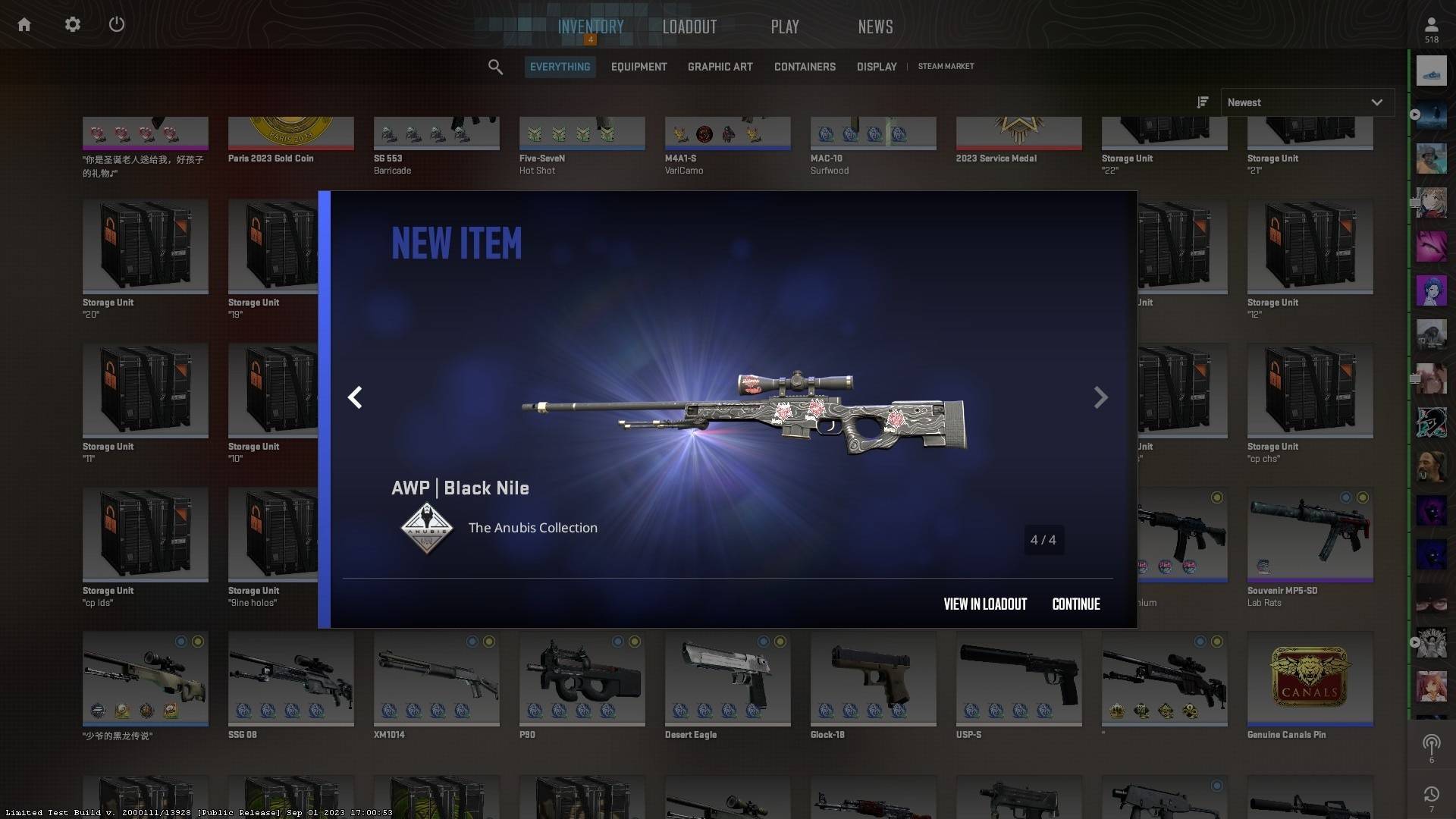Exploring the World of CS:GO Analysts: A Guide to Skin Market Analysis
General by Nilin on Sep 07, 2023
The virtual gaming universe has undergone a remarkable transformation in terms of gameplay, graphics, and virtual economies. Games such as Counter-Strike: Global Offensive (CS:GO), Dota 2, and Rust have introduced a revolutionary concept known as skins. These digital cosmetics, which range from weapon finishes to character outfits, have added a unique layer of personalization to gaming experiences.
This comprehensive guide will delve into the captivating domain of skin market analysis, uncovering the underlying factors that shape skin values and acquiring the skills to navigate this dynamic market effectively.
Decoding the Significance of Skins in CS:GO, Dota 2, and Rust Games
In games like CS:GO, Dota 2, and Rust, skins are cosmetic items that enable players to customize the appearance of their in-game weapons, characters, or items. These virtual items do not alter gameplay mechanics but rather enhance the game's visual aspect. Skins come in many designs, colors, and rarity levels, ranging from standard to rare.

Players can acquire them through in-game drops, trading with other players, or purchasing them from marketplaces. Skins have gained immense popularity owing to their unique designs, the prestige associated with rare items, and their potential value within virtual economies. Players often seek specific skins to express their individuality and style, while certain skins hold significant monetary value, resulting in a thriving secondary market for trading and collecting.
Essential Concepts for Skin Market Analysis
At its core, skin is a digital artwork that players can apply to their in-game items, enhancing their visual appeal. However, the value of these skins goes beyond aesthetics and is influenced by several crucial factors:
Rarity: Like the physical world, rarity is pivotal in determining value. Skins are frequently categorized into tiers such as common, uncommon, rare, and legendary, with rarer skins commanding higher prices due to their scarcity.
Condition/Float: The concept of 'wear and tear' also extends to digital items. A skin's condition or "float" reflects its level of wear and impacts its visual appeal. Factory New skins with minimal wear tend to be more valuable than those with battle scars.
Exterior Quality: Skins are available in different exterior quality categories, including Factory New, Minimal Wear, Field-Tested, Well-Worn, and Battle-Scarred. Each category mirrors the level of wear and consequently affects the skin's appearance and value.
StatTrak Feature: Some skins have a StatTrak module that tracks in-game statistics, such as kills or usage. StatTrak skins are typically rarer and thus more valuable due to their additional functionality.
In-game Popularity and Demand: A skin's popularity within its community can significantly influence its value. Skins used by professional players and endorsed by popular streamers tend to be in higher demand, affecting their price.
Skin Analysis Through CS:GO Analysts and Alternatives
Analyzing the virtual skin market relies on data from various platforms, including official marketplaces and third-party platforms, such as Steam analyst alternatives, such as Skinsbook, which display current skin prices. These sources offer a broader perspective on the market and enable an understanding of historical price trends. By scrutinizing this information, it becomes possible to identify patterns and fluctuations over time.
Drawing from traditional platforms and Steam analyst alternatives, this analysis provides invaluable insights into the market, facilitating more accurate assessments and effective strategies within the virtual skin trade.

Comparing the Rarity of Skins
Skins are frequently categorized into rarity tiers, which strongly influence their value. The excitement of opening cases and hoping to obtain rare skin drives up demand. Limited edition skins, linked to specific events or promotions, become even more valuable due to their exclusivity. A noteworthy exercise involves comparing the rarity and value of skins across different games.
Assessing Skin Conditions and Exterior Quality
Skin conditions have a profound impact on value. Players often seek Factory New skins for their flawless appearance, which commands higher prices than Battle-Scarred skins showing visible wear. Rarity can also fluctuate based on condition, further affecting pricing. To evaluate condition, players can use float values, numerical indicators that represent a skin's wear on a scale.
Incorporating Special Features
The inclusion of special features can significantly alter a skin's value. StatTrak modules, for instance, can elevate a common skin into a highly sought-after item due to the added functionality of tracking kills. Souvenir skins obtained from in-game events, such as major tournaments, come with unique stickers and possess distinct event-related value.
Analyzing In-Game Popularity and Demand
The impact of in-game popularity on skin value is undeniable. When professional players frequently use a specific skin or renowned streamers endorse it, demand surges, leading to price increases. Trends in skin demand are influenced by shifting metas, changes in weapon preferences, and even thematic events. Staying attuned to these trends can be advantageous for market analysis.
Ultimately, skin market analysis is a fusion of art and science. Grasping the intricacies of rarity, condition, special features, and demand dynamics is essential for navigating this intricate landscape successfully. Skins' value extends beyond visual appeal, encompassing a complex interplay of player preferences, trends, and market forces. Equipped with the insights from this guide, you can embark on your journey of analyzing and deciphering the virtual economy of gaming skins, unlocking the potential to make informed decisions in this exhilarating and ever-evolving realm.
Moderator, NoobFeed
Latest Articles
No Data.

